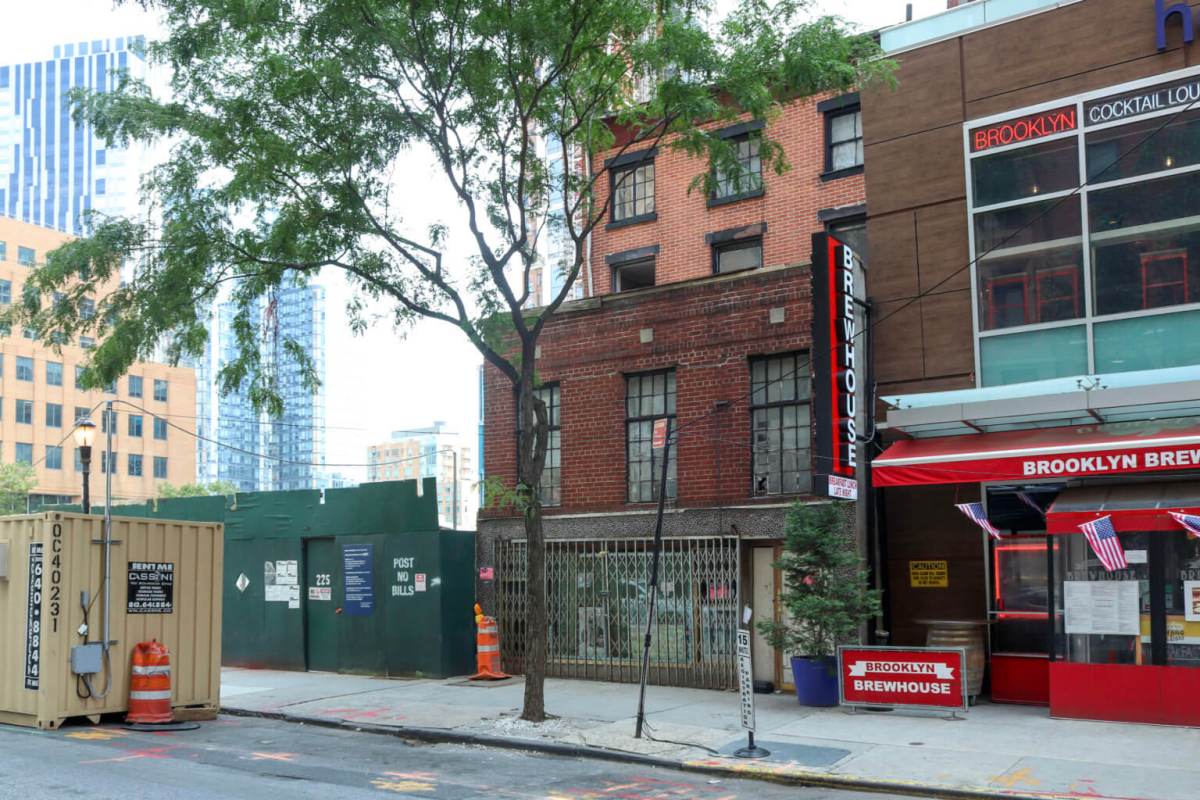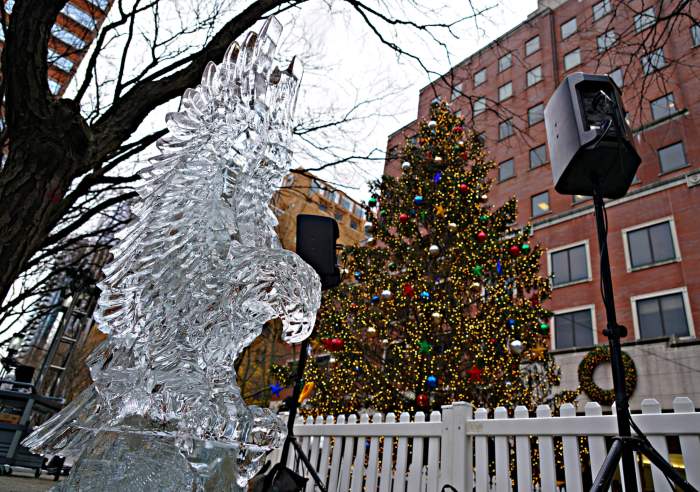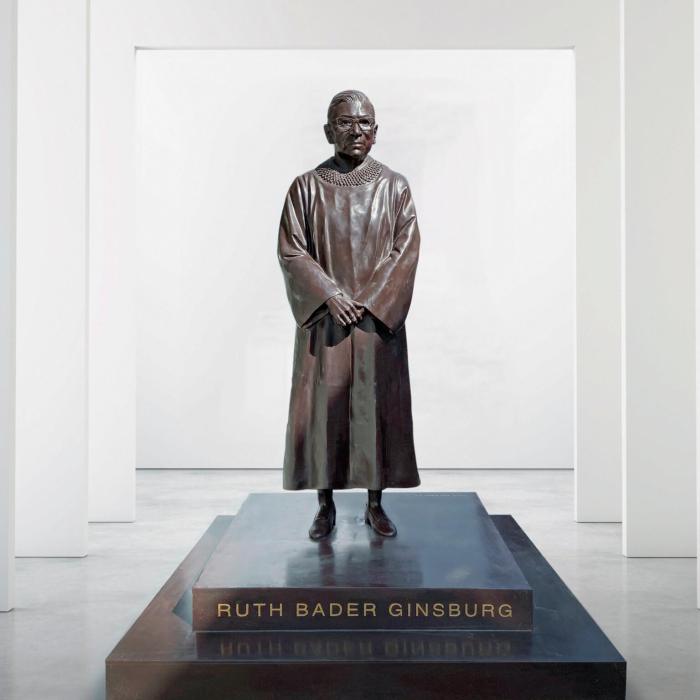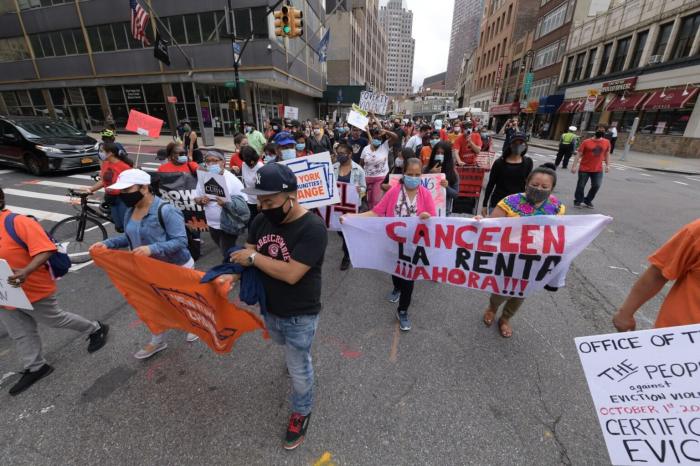The city’s Landmarks Preservation Commission voted unanimously on Tuesday to grant landmark status to the Downtown Brooklyn house where prominent abolitionists Harriet and Thomas Truesdell lived during the 19th century — marking a long-awaited victory for local history buffs and activists alike.
The 11-member panel cast votes in favor of preserving the three-story row-house at 227 Duffield St., between Willoughby and Fulton streets, saying that, despite some later additions to the building’s lower two floors, the structure still kept its historic character.
“This is an exciting day,” said LPC chairperson Sarah Carroll at a Feb. 2 virtual hearing. “This property is significant for its long association with Harriet and Thomas Truesdell, who were noted abolitionists in Downtown Brooklyn and Brooklyn Heights and who also continued their work while living at this house, and it retains much of its fabric and that fabric still conveys the period of their association and the period in which Downtown Brooklyn was very active with abolitionist activity.”
The townhouse was home to the Truesdells from 1851 to 1863 after they moved into the then-newly-constructed building from their previous abode in Brooklyn Heights.
Later owners constructed a luncheonette and storefront addition to the lower two stories of the building in 1933.
The Truesdells founded several abolitionist organizations in New England and were also acquaintances of prominent abolitionist and suffragist journalist William Lloyd Garrison, who co-founded the American Anti-Slavery Society.
The home, along with several others along Duffield and Gold streets, may have served as stops along the Underground Railroad, according to local lore — although LPC researcher Kate Lemos HcHale found no evidence of the escape networks, but noted that the clandestine routes were often hard to document or verify.
The LPC vote means that any alteration, reconstruction, demolition, or new construction affecting the structure will have to be approved by the agency first.
The building’s current owner and developer, Samiel Hasanab, filed for demolition in 2019 with plans to erect a 10-story apartment tower in its place, along with a museum dedicated to Black history — but those plans will now be halted, given the newly-imposed regulations.
An attorney for the developer said LPC’s move was no surprise, and that, while they supported commemorating the abolitionist history, the new construction limits will be financially “devastating” for his client.
“From a financial perspective this is devastating for my client,” Garfield Heslop told Brooklyn Paper. “Nonetheless we accept the Commission’s decision, and we’ll see what happens.”
Heslop said he has yet not discussed future plans for the site with Hasanab.
The city’s quasi-public Economic Development Corporation also almost razed the building via eminent domain in 2007 while looking to make way for Willoughby Square Park as part of the major 2004 Downtown Brooklyn upzoning, but officials backed off after a lawsuit by activists and one of the building’s owners, the late Joy Chatel.
The city also co-named that stretch of Duffield Street “Abolitionist Place” in 2007.
Last July, dozens of advocates and politicians testified for hours in favor of landmarking the property, buoyed by a summer of Black Lives Matter protests against police brutality, and after receiving backing by prominent politicians such as First Lady Chirlane McCray and Attorney General Letitia James, who fought the city’s eminent domain moves as a local Council member a decade earlier.
The EDC is currently also working on a public art installation for Willoughby Square Park, which some activists are pushing to rename “Abolitionist Place Park,” but historians slammed the proposal as vague and glossing over the area’s rich abolitionist history.
In a statement Tuesday, Attorney General James celebrated the landmarking for preserving one of the most important remnants of Brooklyn’s abolitionist past.
“Brooklyn’s 227 Abolitionist Place, formerly Duffield Street, represents one of the most important ties that New York has to our abolitionist roots — roots that every Black New Yorker is proud of,” James said. “Since my time in the City Council, I have fought for the protection of this important site, and now, I am immensely proud that during Black History Month, we can finally say it’s here to stay. This piece of Black New York history will be forever safeguarded so that future generations may know its story.”
This story first appeared on our sister publication brooklynpaper.com.



































